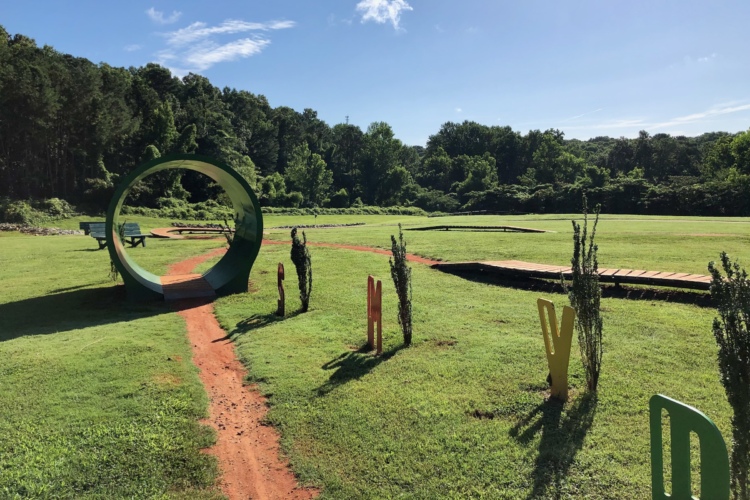Boa Technology is a company based in Denver, Colorado that produces unique closure systems for all kinds of soft goods. Founded in 1996 in Steamboat Springs, Colorado, Boa was first used to close snowboard boots. Since that time, Boa has expanded outward to all sorts of applications, including cycling (both mountain and road), general athletics, general outdoors, golf, utility (work boots), medical, and much, much more. There are currently over 40 million Boa systems on the market, and every single one of them is covered by Boa’s free, unconditional lifetime warranty.
With a plethora of mountain bike brands already incorporating Boa systems into their designs, many riders are already familiar with the system. But what you might not realize is how big of a company Boa really is: Boa is home to over 120 employees based in offices all around the world.
But don’t worry, we’ll forgive you if you haven’t given much thought to the engineering and innovation that goes into these tiny dials. Boa is what’s referred to as an “ingredient brand.” This means that while you’ll never see Boa-branded shoes or helmets on the market, you can find Boa systems in products for tons of other brands… currently over 150 brands, and climbing.
But how does it work?
The Boa system is comprised of the dial (or reel), the laces (actually a coated cable), and the lace guides. The coated steel cable runs through the nylon guides and connects to the dial. The dial pulls in cable, which creates a firm, even tension on the entire shoe, very quickly. There are a variety of different dial types and designs and a few of them release tension in different ways. Despite the individual variations, the entire system provides a much more precise, even tension over the whole foot, and is much stronger and more durable than a standard lace or ratchet system. For instance, a standard ratchet on a cycling shoe tightens 4mm of closure with each click. The Boa dial on the SCOTT road shoes we were looking at closes the top of the shoe at .2mm per click, while taking in 1mm of cable per click (closure rate equals cable intake divided by the number of closure points that the cable runs through down the shoe).
Not to mention that the dial makes the most satisfying clicking sound ever:
Warranty Policy
One of the coolest things about Boa is that, in addition to excellent technology and a massive improvement on age-old lace closure systems, Boa offers a free, no-questions-asked, no proof of purchase required, lifetime warranty on every dial they’ve ever made. Since Boa has advanced so much in recent years, many of their original dials are no longer being sold–however, they’re still fully supported. Every now and then Boa will even order up a production run on long-defunct parts so that they can have pieces on hand in case they need to warranty older products.
Despite such a fantastic warranty program, the percentage of systems that ever need to be warrantied is very small: Boa claims a failure rate of less than 1%, and of that 1%, most of those failures are due to impact issues, like crashes on a mountain bike.
If on the outside chance you do need to repair a Boa dial, it’s dead-easy. Check out this repair video from Boa:
Behind the Scenes
Our tour behind the scenes at Boa HQ in Denver was enlightening. The amount of ingenuity, design, engineering, testing, and more that goes into creating these tiny dials is mind-blowing! Check out the photos and video below to get a glimpse into life at Boa:

























The machine below tests opening and closing a Boa dial thousands of times. If, for instance, the engineers estimate that a dial will be open and closed 4,000 times over the course of its lifetime, they crank the machine up to 10-12 thousand to see what those results will produce. Even at three times the amount of projected use, the dial still won’t fail: the tactile feel may simply be changed or diminished.



Stay tuned for some reviews of Boa-equipped mountain bike gear in the future!





















1 Comments
Mar 22, 2015